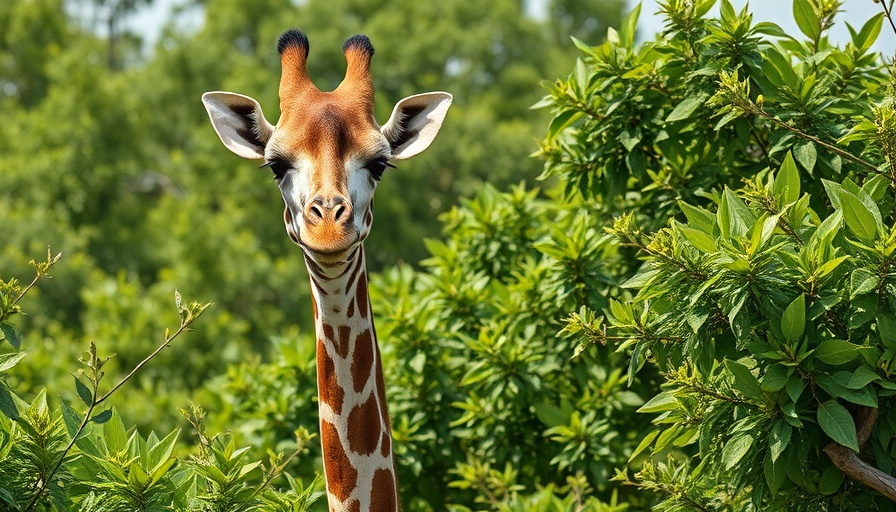
Discover the Wonders of Tanzania’s Herbivores
Tanzania's sweeping landscapes are a vibrant tapestry of rich ecosystems that host some of Africa's most captivating herbivores. From the massive elephants roaming the baobab-dotted fields of Tarangire National Park to the elegant giraffes gracefully nibbling on acacia leaves in the Serengeti, these animals are not only a marvel to witness but also crucial players in maintaining ecological balance.
The Importance of Herbivores
Herbivores like elephants and giraffes are central to the health of their habitats. They regulate vegetation growth and ensure the dispersal of various plant species through seed distribution. Elephants, the largest land animals, are particularly notable for their role as ecosystem engineers. By uprooting trees, they create clearings that allow various flora and fauna to flourish. During my visit in October, I saw elephants gather around vital rivers, perfectly timed to witness their social interactions as they sought water during the dry season.
Eyes on the Unique Social Structures
The social dynamics of these herbivores are both fascinating and complex. Did you know that giraffes travel in groups known as “towers”? Their interactions reveal a rich hierarchy, similar to that of elephants. Interestingly, the Ngorongoro Crater lacks giraffes due to its steep terrains, but it does host an abundance of other species. This surprising absence highlights the unique adaptations and challenges faced by different herbivores in varying environments.
Encounters with the Unpredictable
While many herbivores can be observed peacefully grazing, the Cape buffalo presents a more unpredictable experience. Known for their formidable presence, they can weigh up to 2,000 pounds and often rest in shade or mud. Having observed a solitary buffalo near our camp, I gained a deeper appreciation for the untamed spirit of these animals—a true reminder of the thrill and unpredictability of wildlife encounters.
A Call to Embrace Every Moment
Encounters with these gentle giants and speedy grazers are not just about witnessing nature; they remind us of the interconnected web of life in Tanzania. As travelers, we leave with a commitment to protect these animals and their habitats, ensuring that future generations can also marvel at their beauty. The landscapes of Tanzania offer more than just a view; they invite us to engage with nature in ways that inspire, educate, and pave the path to conservation.
 Add Row
Add Row  Add
Add 




Write A Comment